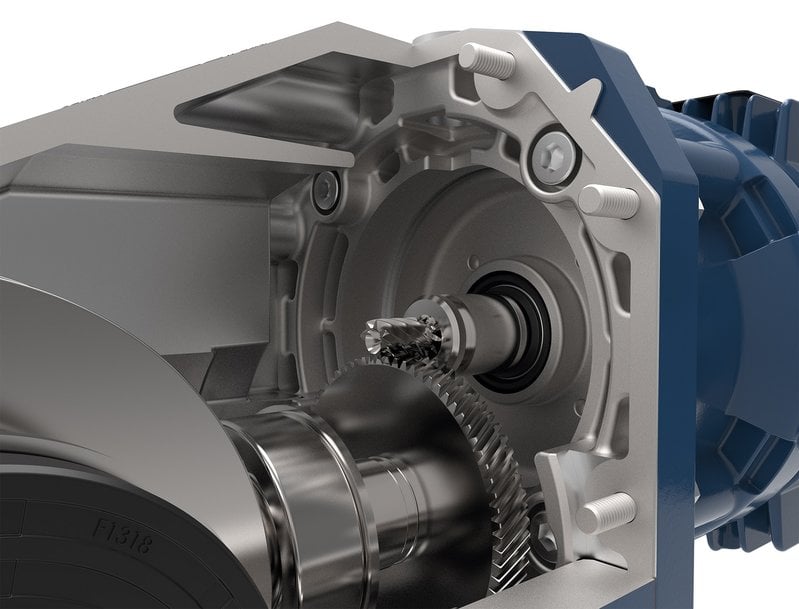www.magazine-industry-usa.com
09
'21
Written on Modified on
How to keep gearbox maintenance to a minimum
Reducing maintenance costs and optimising machinery lifespan.

According to a study by OneServe, manufacturers lose between £60,000 and £500,000 a year due to unplanned machine downtime.
This figure is staggering, but there are ways for plant operators to avoid it. Here, Marek Lukaszczyk, European marketing manager at motor, gearbox and drive manufacturer WEG, explains how gearbox manufacturers help reduce downtime and keep maintenance to a minimum.
As one of the most important industrial components, gears provide the motion sequences in machines and systems to ensure a production line runs smoothly. However, if the geared motors fail, then the entire system can be brought to a standstill.
Gearbox maintenance is a must for avoiding downtime. Moreover, maintenance is a major factor in the life cycle costs of a gear unit. Thankfully, maintenance costs are generally low if a gearbox is selected carefully. In fact, if a gear unit is correctly sized, robust and reliable, its operational stability will ensure overall system availability and, potentially, a maintenance-free gear unit. So, how can plant operators keep gearbox maintenance to a minimum?
Geometry
For gear units, the most important aspect is optimum gearing geometry. Although high quality components play a pivotal role in a maintenance free gear unit, it is ensuring the correct placement of these parts that can reduce the need for replacements.
For example, low-friction, precisely ground gearing parts, which are used in the newly developed gearing modules of WEG’s WG20 gear unit range, result in low circumferential speeds and smaller friction losses.
These friction losses are reduced by optimising the geometry of the gears, which in turn increases efficiency. This is because such precise adjustment of the lubricant quantity leads to fewer splashing losses, while simultaneously reducing the consumption of the lubricant used. This ensures less lubricant is needed, and also decreases the number of times it needs changing — if it needs changing at all.
Lubrication
The geometry of the gear housing also plays a role in the lubricant’s lifespan, as an enlarged housing surface has a positive effect of low oxidation on the thermal power limit.
High oxidation, in terms of lubrication, means thicker liquid which can cause a gear unit to slow down or even breakdown. The rate of oxidation is accelerated by high temperatures, water, acids and catalysts like copper, so applying high quality lubricant and maintaining it is essential to prevent an oxidation increase.
WEG’s WG20 geared motors achieve low oxidation using an enclosed gear housing up to a nominal torque of 600 Nm. This design prevents the oil from being contaminated from the outside, which ensures low oxidation levels and significantly slows down the ageing of the lubricant.
Manufacturers lose between £60,000 and £500,000 a year due to unplanned machine downtime, but this disruption can be avoided with thorough equipment maintenance and opting for low-maintenance parts, like the WG20 gearbox range. Through expertly engineered geometry and intelligent lubrication methods, maintenance can be kept to a minimum.
WEG has released a free gearbox guide on maintenance, What Maintenance Staff need to know about Geared Motors. The guide can be downloaded for free at www.weg-wg20.com.
www.weg.net

